Description
The Dahua Three-in-One Camera (TiOC) integrates cutting-edge features to enhance deterrence capabilities and low-light performance while delivering high-resolution video images. This advanced surveillance camera utilizes a multi-dimensional system that connects video surveillance to alarms, audio prompts, and diverse information sources to aid in evaluating potential threats. Suitable for various applications, the camera’s True Wide Dynamic Range and Smart Dual Illuminators enable it to function efficiently in diverse lighting conditions, while its IP67 rating ensures durability in the harshest environments.
**Functions | Smart Dual Illuminators**
The camera is equipped with both IR and white-light illuminators, intelligently choosing which to use based on the situation. Typically, as ambient light decreases, the camera switches to IR mode. When it detects a person entering the monitored area, it activates the white-light illuminator for capturing full-color details. As the person exits the area, the camera reverts to IR illumination.
**Active Alarm**
Featuring active deterrence technology, the camera automatically responds to triggered alarms. Configurable automatic responses include activation of red and blue lights and broadcasting a built-in message or siren to prevent incidents before they occur.
**True Wide Dynamic Range**
Utilizing industry-leading wide dynamic range (WDR) technology, the camera produces vivid images even in extreme contrast lighting conditions. With True WDR (120 dB), it optimizes both bright and dark areas simultaneously, providing usable video for scenarios with fluctuating lighting conditions.
**Super Adapt**
Super Adapt technology continuously monitors external lighting conditions and automatically adjusts camera settings to deliver optimal video quality, whether indoors or outdoors. This technology eliminates the need for manual adjustments, thereby saving installation time and reducing costs.
**Advanced 3D NR**
Dahua’s advanced 3D NR is a noise reduction technology that detects and eliminates random noise by comparing sequential frames. This technology allows significant noise reduction with minimal impact on image sharpness, particularly in low-light conditions. Additionally, it effectively decreases bandwidth usage and conserves storage space.

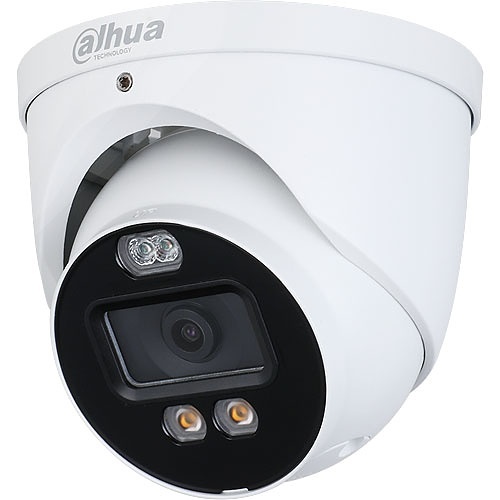
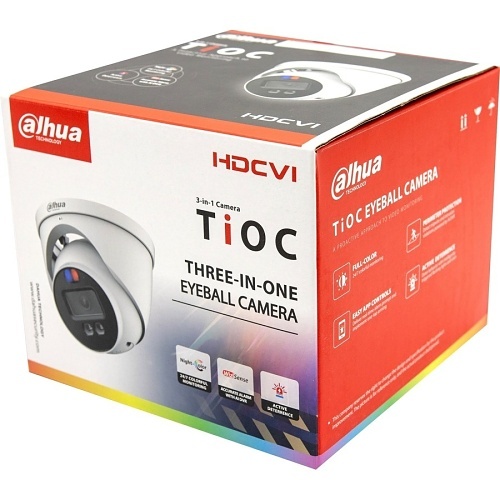
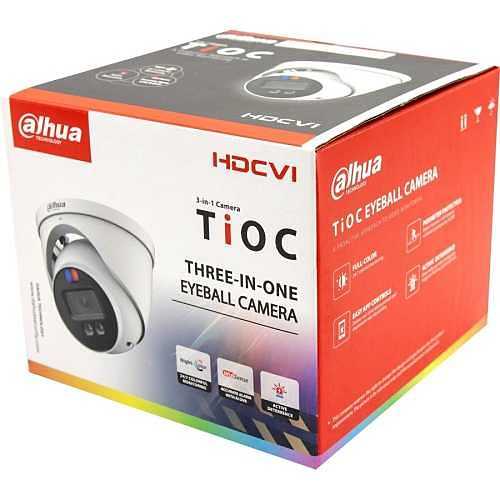
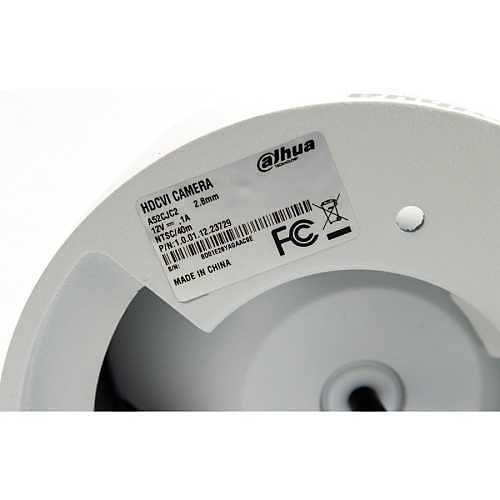
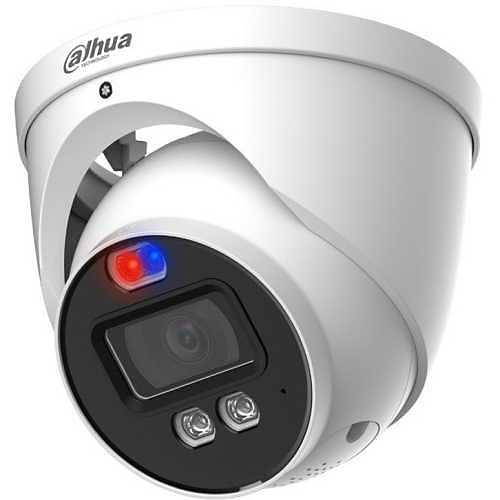








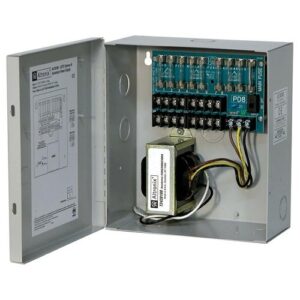


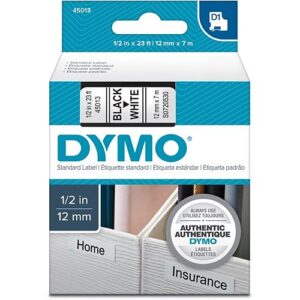

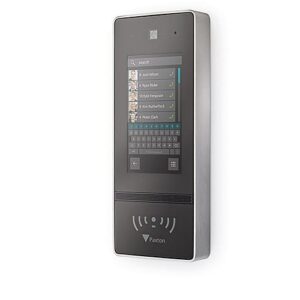


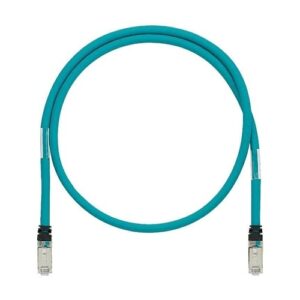

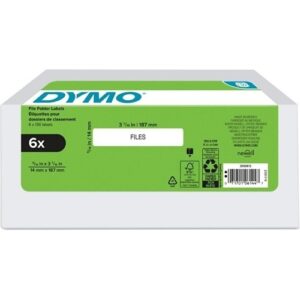
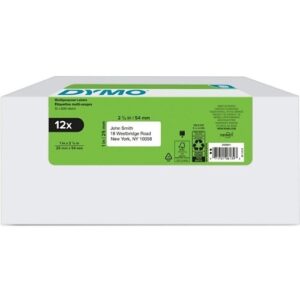





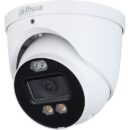
Follow us